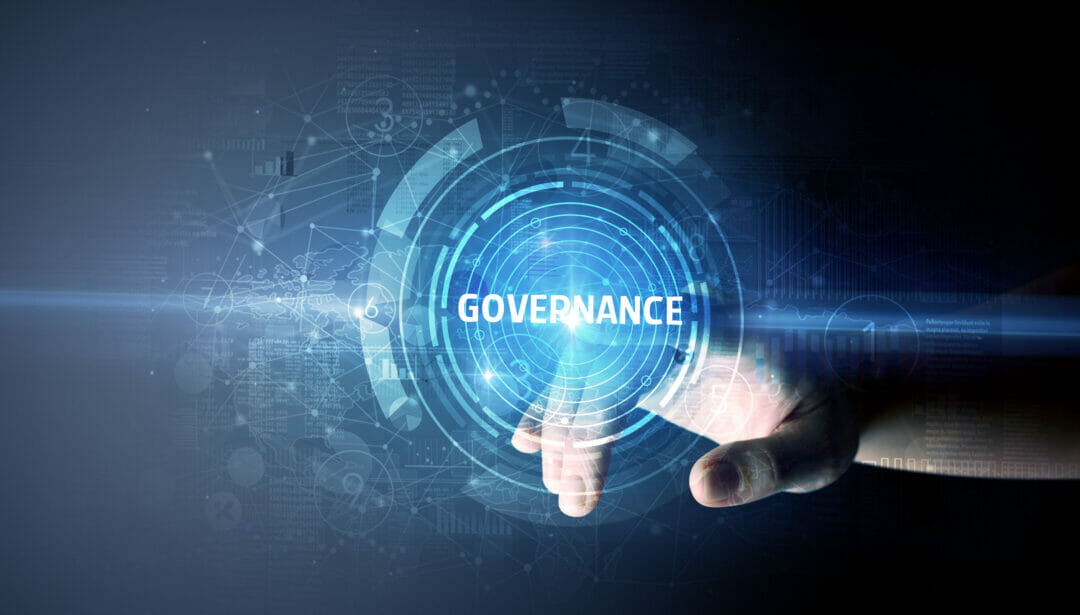Among its Top 10 Strategic Technology Trends of 2018, Gartner has predicted that artificial intelligence (AI) will become a foundation component of all services.
However, rather than taking jobs away from humans, Gartner foresees AI and the implementation of intelligent apps and analytics as ways of augmenting human activity.
David Cearley, VP and Gartner Fellow, advises organisations to: “Explore intelligent apps as a way of augmenting human activity, and not simply as a way of replacing people. Augmented analytics is a particularly strategic growing area that uses machine learning for automating data preparation, insight discovery and insight sharing for a broad range of business users, operational workers and citizen data scientists.”
Augmenting human activity with AI
With Gartner predicting that there will be 20.4 billion connected devices by 2020, the volume of data will far exceed the number of humans who can analyse it. For this reason, AI will become a fundamental element of any device or service that consumes and creates data.
>See also: Business intelligence crucial in unlocking valuable data and insights
Consider a large manufacturer analysing IoT data. The amount of data generated by second-by–second readings of metrics such as temperature, vibration, pressure, heat, oxygen levels and humidity, can generate many terabytes each day.
Augmenting human activity with AI is a natural progression. Throughout history, technology has been used to take performance beyond human limitations. When building the pyramids, the Egyptians used levers and rollers to move blocks that were too heavy for humans to lift. The car was invented to take people farther and faster than horses could. The computer was invented to allow mathematical problems to be solved more quickly and consistently. Doubles of the German Enigma machine helped cryptologists to decrypt military messages in World War 2. Today, data analytics is being used in cyber security to identify threats and anomalous behaviour more quickly than security professionals can.
Intelligent or ‘smart’ analytics can use machine learning and artificial intelligence to automate the exploration of data models to identify new trends, opportunities and predictions. It includes self-service data management, business intelligence (BI) content search, and other innovations that open the door for more data-driven insight to be achievable by more users, in new, easier and clever ways.
>See also: Data with personality: the evolution of visualisation
Smart analytics constructs an analysis to provide business conclusions and recommendations. It is a rapidly growing sector, driven by the competitive need to derive as much value as possible, and as fast as possible from an ever increasing combination of data sources. For example smart analytics can help a non-technical user generate immediate value from data via a spoken request: “How were our sales last month?”; “Which was the most productive region?”; “How did weather affect service delivery in January?”
Democratising data
Operational data only adds value to an organisation when it supports decision-making that improves existing services, highlights unnecessary losses and identifies needs or new revenue opportunities.
Information Builders’ mission has been to deliver data insights to every member of the organisation: from the mechanic to the data scientist. Unless you can bring business intelligence to operational staff, organisations won’t see a dramatic uplift in knowledge, efficiency or revenue. Data, as the life-blood of any organisation, must reach every part for healthy operation.
>See also: The UK’s top 50 data leaders 2017
We need to bring decision-making capabilities to customer support representatives, account executives, police officers, insurance sales people, steel workers, nurses and garage mechanics in the context of their daily activities. All of these people make operational decisions, but they don’t necessarily want BI ‘tools’. They want simple, intuitive, intelligent apps – what we call InfoApps™ – that allow them to make instant decisions and perform specific tasks based on fresh data.
Data from different sources
Real value is delivered to organisations when they can correlate data with other sources of information. Data tells a story, but more data, from several different sources, tells a more complete story of what is happening.
For example, Yellow Pages uses iWay Big Data Integrator to allow its customers to measure key performance indicators related to their online advertising campaigns, so that they can identify the most successful advertisements. These analyses involve approximately 50 billion rows of data, representing 275,000 advertisers. Yellow Pages performs this analysis using a combination of WebFOCUS, Hadoop and Infobright’s analytic columnar database platform.
Other organisations run predictive models and scoring algorithms against IoT data, by integrating and enriching large volumes of data.
Augmented analytics
Augmented analytics, which often involves using machine learning to aid business reporting, helps organisations to provide every employee with data-based insights so that they can improve planning and performance, maximise efficiency and minimise waste.
>See also: To ‘err’ is human, so why not use an AI?
As an example, Ford Global Warranty Operations was able to provide dealerships with data that demonstrates how they performed in comparison with competitors. This resulted in dealerships tightening up their own operations to make themselves more attractive to customers. As a result, Ford made significant annual savings on repair work done under warranty.
Conclusion
There has been much hype around the threat to jobs posed by artificial intelligence. AI and intelligent analytics offers humans the potential to maximise their potential by empowering them with a world of data. While people may have to adapt their skills to a world where AI is a foundation component of all services, our ability to read data and apply human intuition, initiative, creativity and empathy before taking data-based decisions and actions will still be necessary in the fourth industrial age.
Sourced by Peter Walker, VP EMEA (North) at Information Builders







